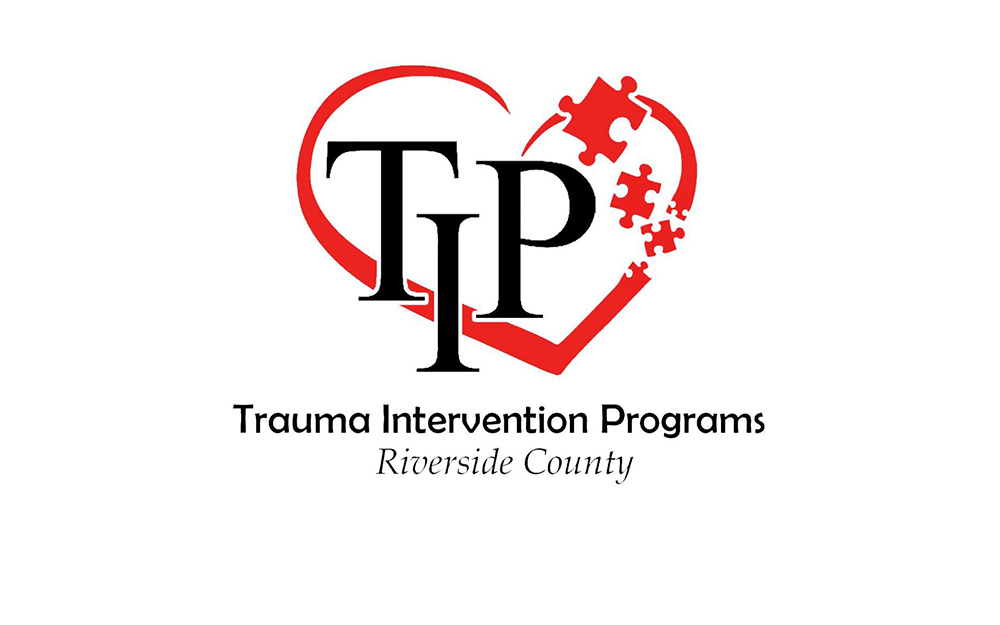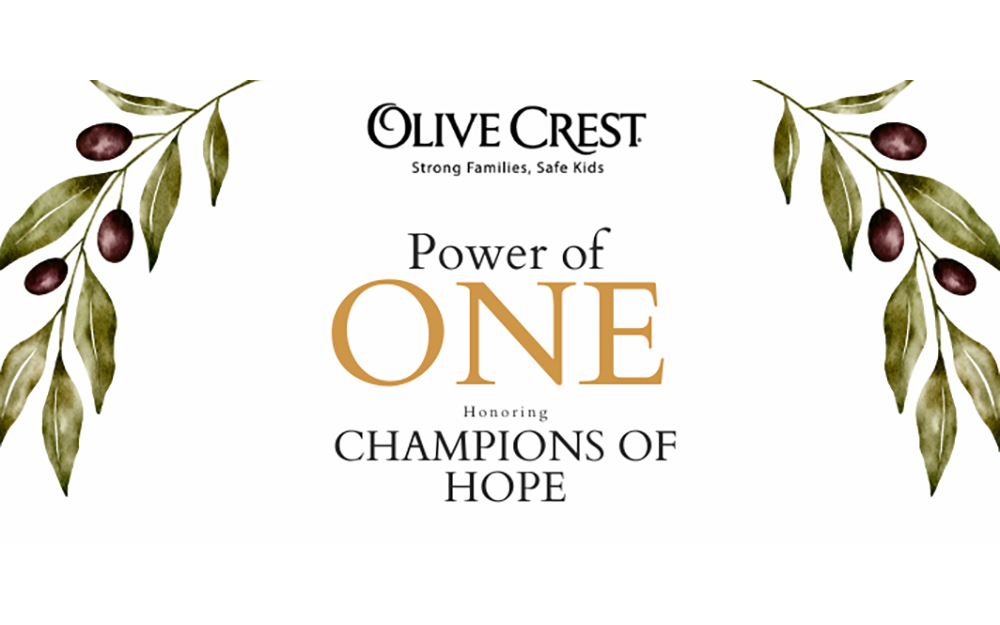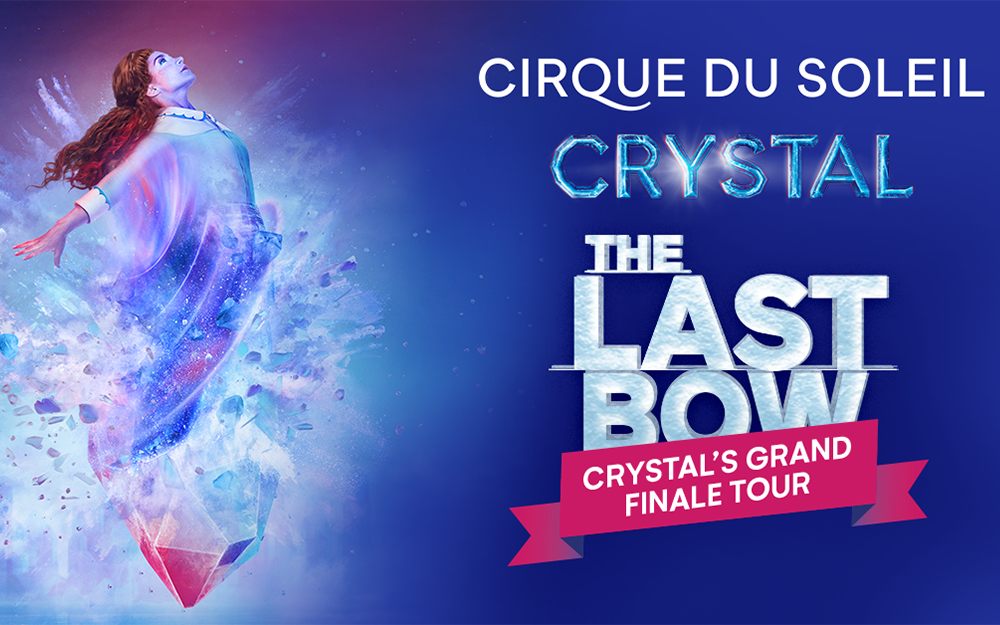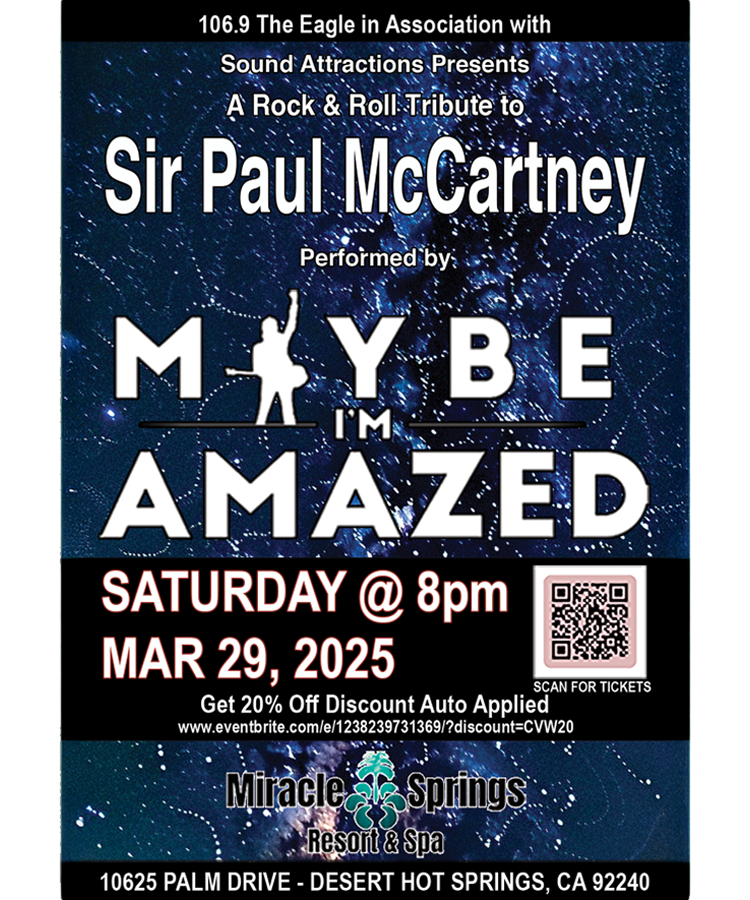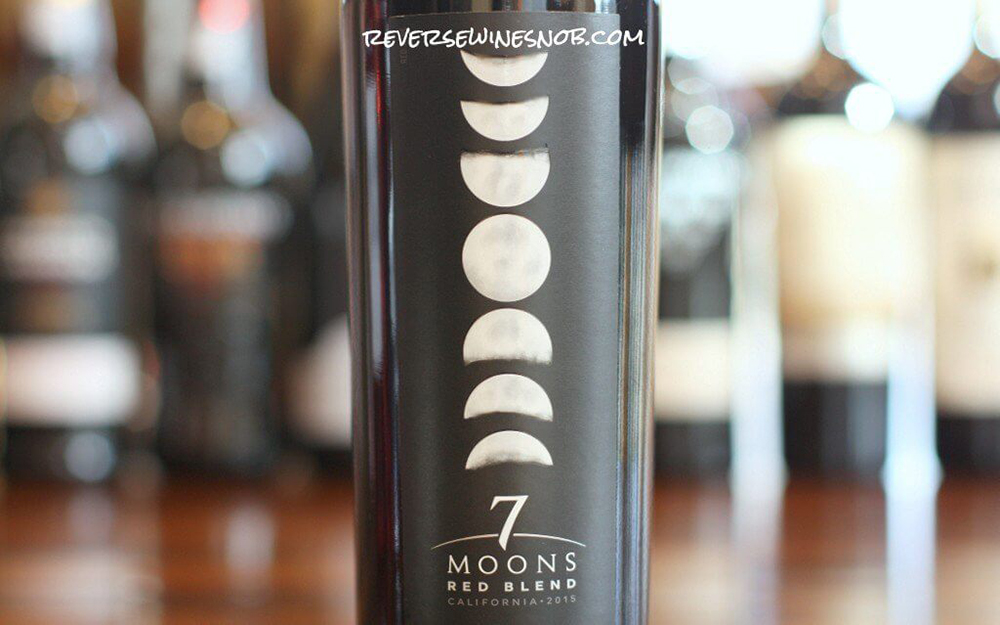
By Rick Riozza
Apparently there isn’t a bad moon rising in sight. Far flung into a galaxy of red wine, we are brought back to earth—well, at least to the lunar orbit with a varietal line-up matched up with the phases of the moon.
Pink Floyd, notwithstanding, 7 Moons Dark Side Red Blend may well own the longest tenure as number one on the celestial charts! A wine brand tying itself to our own lone orb out in visible space is one sure way to keep this red blend wine in mind for a long , long time.
Available in wine stores and markets on this new year side of our desert season, are the 7 Moons Red Blend and 7 Moons Dark Side Red Blend in successive vintages of 2016 & 2017. Perhaps you vino enthusiasts have already spied the lunar labels of the bottles on the shelves and wonder what the significance is of the seven phases of the moon?
Well—those of you who love a decadent red will be over the moon with this brand. Just listen to yourself repeat these seven varietals that are blended together to produce this wine: Syrah, Merlot, Petite Sirah, Zinfandel, Cabernet Sauvignon, Malbec, and Grenache. Can you think of a more dense sense of dark red grapes that this crew?
Ahhh…now you see the moonlight! The seven phases and the seven varietals; as the company PR puts it: “Each phase of the moon invites you to slow down, relax, and reflect with a glass of 7 Moons in hand. As you savor our red blend, be sure to hold onto your cork. Collect all seven, uniquely inscribed with each phase of the moon.”
I messed up here—I pulled the corks of both wines during Thanksgiving and Christmas dinners and did not take any notice that the black corks had a specific moon phase on it. I could have started a collection already—but that moon shuttle has sailed.
Now as you loyal readers know, I’m not a big red blend fan when there’s a shock load of ripe dark fruit hitting my palate with a minimum amount of acidity & tannins. But this column has always considered itself egalitarian; and I’m on board with you wine folk who dig the dark side of some pungent, ripe, and rippling black red wine.
You fruit bombardiers—and there are a lot of you out there, listen up. I can’t promise you the moon, but I’m certain you’ll find these 7 Moons wines more than enough to fulfill your fruity desires.
The 2016 7 Moons Red Blend opens with aromas of ripe red cherries, mocha, baking spices, and vanilla bean. The wine tastes smooth, soft and sweet and is filled with tons of jammy, ripe fruit with flavors of strawberry preserves, cherry cola, and milk chocolate. It all continues to a fruit forward lingering finish. We hear that the up-coming 2017 vintage will be similar.
As to the 2017 7 Moons Dark Side Red Blend, this is a rich, easy-drinking wine and offers a darker, bolder flavor profile than its sister Red Blend, above. This wine opens with aromas of currant, blackberry, dark cherries, chocolate ganache, bread pudding, toasty oak, and vanilla-scented tobacco. The palate continues with blackberries and dark cherries then on to a jammy blend with caramel, and brown sugar. There a smooth, rich finish with hints of chocolate and vanilla. Talk about the moon on a sweet stick!
The 7 Moons wine are well made wines with their seven varietals sourced from prime vineyards up and down California’s Central Coast and Lodi regions. You’ll find both wines selling for less than $12 a bottle at most stores. I just checked the price of what Ralphs Markets is selling the 2016 7 Moons Red Blend for and it also comes in at less than $12, however with their 30% discount when purchasing a mix or match six-pack, the price goes down to $8.99 a bottle—bombs away to the moon Alice!
Red blends now sell more, by volume, than either Pinot Noir or Merlot, and they’re on track to become even more popular than Cabernet Sauvignon, the longtime red wine king.
Some of you folks have asked or emailed me as to what differentiates a “red blend” from the other red wines. You savvy vino lovers know already that most wines are blends; wines titled Cabernet Sauvignon on the label often blend with Merlot, and vice-versa.
I like what Ray Isle, of Food & Wine Magazine, wrote: “When is a wine like a burrito? The answer, becomes clear when you’re making one—specifically, a red blend. In the US, a red blend is essentially any domestic wine that’s not made from a specific grape variety.”
Hopefully you catch the logic between the burrito and the vino. Of course I’m thinking that one of the best burritos I’ve had, might have been bumped up even another notch with the right red blend on hand.
Generally, in California, you can keep 70 to 80 percent of a dominant grape and label the wine as that grape. Once we start blending in different grapes together that bring percentages under 70%, then we get into the red blend category. Fun stuff!
On the shelves of many markets, you find sections with the heading “Other Red” signifying a catch-all category for both uncommon grape varietals and uncommon combinations of varietals. In California, Italian varietals such as Barbera, Dolcetto, Grignolino, Primitivo, and Nebbiolo, and, Rhone varietals like Cinsault and Carignan can be found mixing with our more known grapes with tasty results.
As we always say, it’s a brave new world of wine—Enjoy & Cheers!





